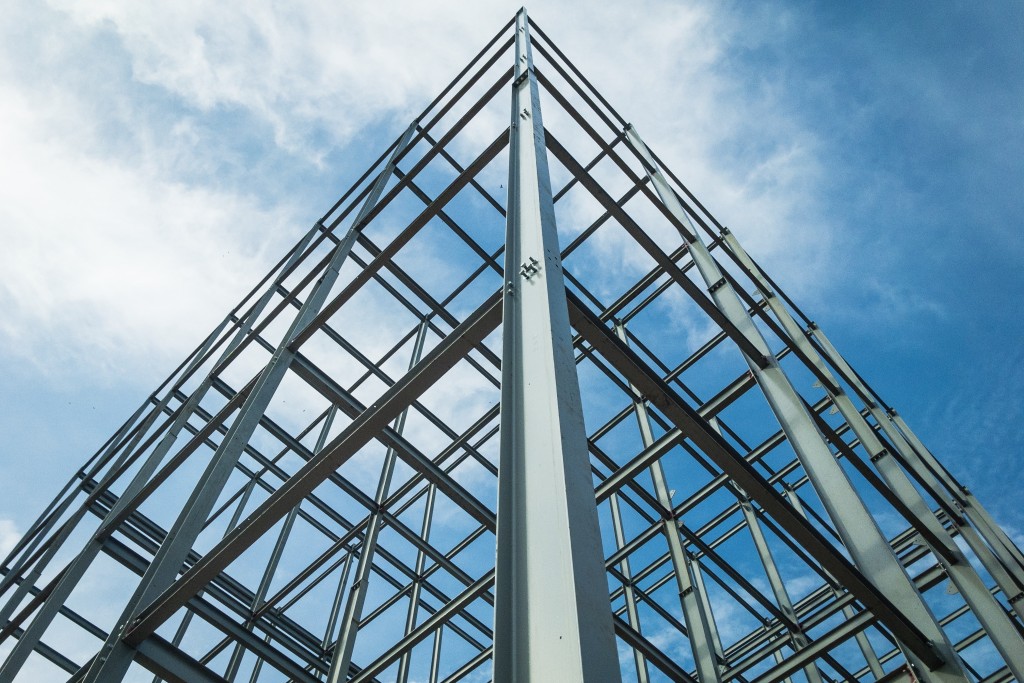Structural damage is a homeowner’s worst nightmare. It raises a lot of concerns in aesthetics, safety, and finances. Often, when the structure is affected, a myriad of damages occur. Cracks on the walls appear, and the doors won’t shut anymore. The driveway looks like it has shifted a bit, and even the flooring in your living room has started to bulge.
If you want to be a responsible homeowner who’s on top of all the repairs that need to be done around the house, you’ll consider everything that can go wrong. This means knowing the big and small things that could potentially compromise your house’s structural integrity.
Clogged Gutters
Unless you’ve suffered the effects of clogged gutters before, you must be wondering how this can impact your house in such a big way.
When gutters become obstructed, they’re unable to redirect water through a downspout and away from your home. It instead pools the water in the gutter where they occasionally spill. If it’s the rainy season, it will create a waterfall that goes directly to the base of your house. All that water will affect your foundation and cause erosion. When this happens, your walls weaken, and the entire structure is compromised.
The first sign that you need to have your gutter fixed is birds and plants in its immediate surroundings. You may also notice some stains on your exterior wall and some sagging to your gutters. If the damage is extensive and you can’t get anyone to fix it, consider looking for new rain gutters.
Once you have them installed, make maintenance a regular thing. You’re preventing huge damages from happening simply by ensuring that it’s unobstructed and ready to do its job.
Expansive Soil
When homeowners buy their houses or have them built, soil is the last thing on their minds. Not knowing what kind your house stands on, however, can affect your ability to maintain it. If yours so happen to be on expansive soil, it worsens the effects of things like clogged gutters.
Expansive soil refers to those that increase in volume the more water it absorbs. They have minerals that make them especially absorbent, therefore increasing the chances of them swelling beyond what is safe for a house. When soil expands and applies too much force on a structure, it inevitably causes several damages.
Another attribute worth noting is that they also shrink. Once the water dries out, they significantly decrease in size and leave your house lacking in structural support.
The best way to deal with expansive soil is to prevent it from absorbing too much moisture. Do you use a sprinkler system? Make sure to use a timer. Plant trees or other kinds of plants near your house, but not near enough if you overwater them. What’s important is that regardless of the weather, you have measures in place to make sure that the water doesn’t cause your soil to swell too much.
Termites

Your neighbors who keep calling pest control aren’t overreacting. Termites can eat away at the beams, wall studs, and panels that serve as the major supporting structure for your entire house. Ignoring the first signs of termite infestation can lead to up to thousands of dollars’ worth of damages that will take time to resolve.
The good thing is that termites leave various pieces of evidence when they decide to settle in your home. Walk around your house to check for mud tubes stretching out from the foundation. They also often leave behind wings that look like fish scales.
That overly squeaky floorboard? Yes, that’s a sign you have termites. If the wall paint is peeling but you’ve confirmed that it’s not caused by water damage, it’s still the termites. Call pest control at once and let them investigate the depth of the infestation and damage for you.
Depend on Professionals
There’s nothing like a contractor or a pest control company to give you a sound assessment of your house’s structure. It’s never too early to scout for reputable ones so that you have a ready reference in the future. The better prepared you are to meet these problems head-on, the bigger the likelihood that you’ll resolve them more quickly.




